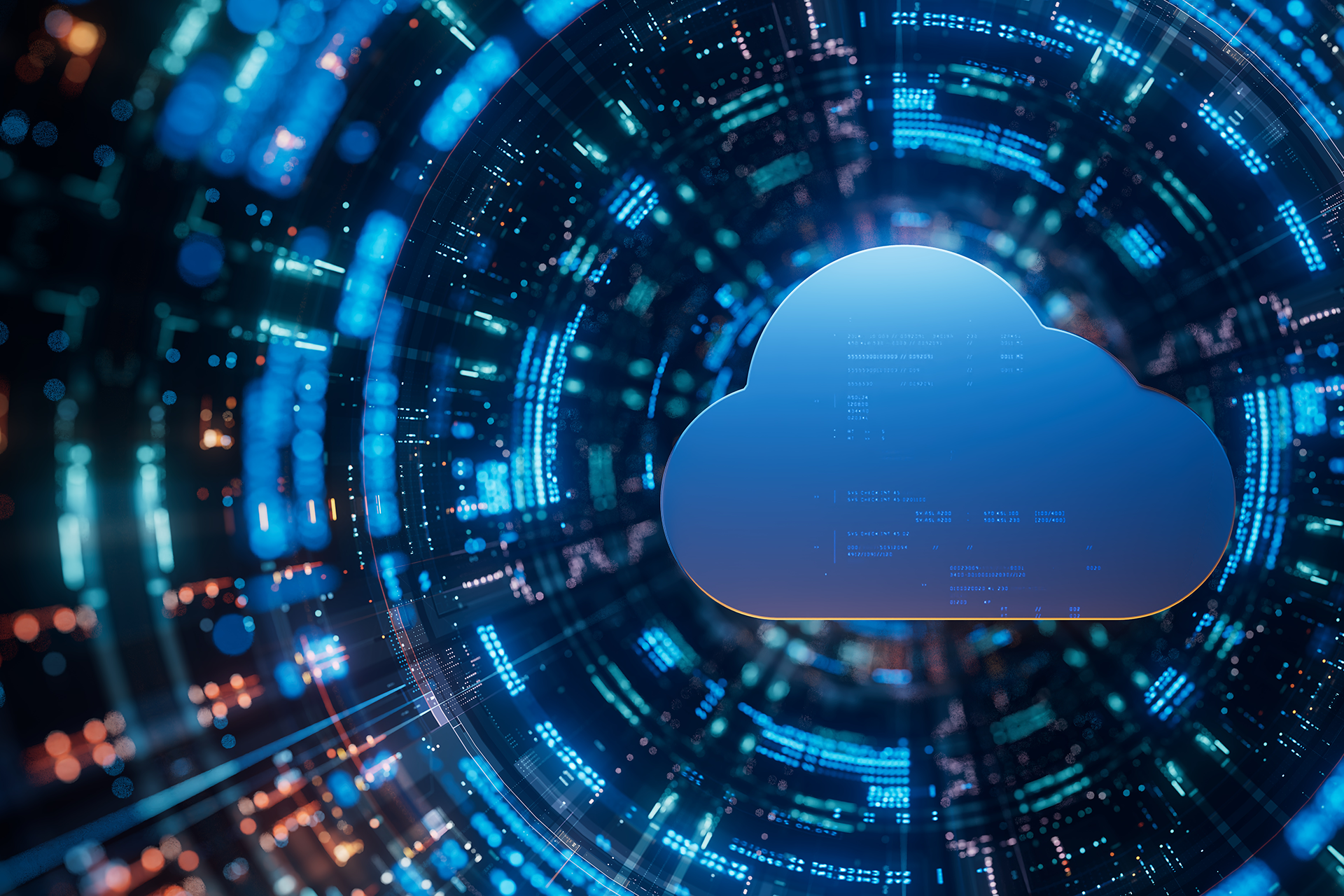Mastering Microsoft 365 for Automation, Governance, and Adoption

With its capability to support new ways of working, Microsoft 365 has rapidly become a centerpiece of the modern digital workplace for many organizations. However, the pace of adoption and innovation within Microsoft 365 also creates new challenges around managing and governing environments.
Without careful governance and automation, management complexities are bound to arise, which can lead to increased risk exposure and decreased business value.
In our recent webinar, Mastering Microsoft 365: The Winning Trio of Automation, Governance, and Adoption, Richard Harbridge, Chief Technology Officer at 2toLead and AvePoint Community Champion, teamed up with Conor Dean, Senior Channel Solution Engineer, to explore proven strategies and best practices for getting the most out of Microsoft 365, including:
- Implementing effective governance for Microsoft 365
- Automating management to improve efficiency
- Connecting governance and adoption for maximum impact
- Preparing for the AI-driven future of work
Catch the highlights of the discussion in our recap below, or watch the webinar on-demand to learn more.

Implementing Effective Microsoft 365 Governance
Governance is foundational to managing risk and complexity as your Microsoft 365 environment scales. However, governance shouldn’t be viewed only as policy enforcement and access controls. The most effective governance treats Microsoft 365 as a strategic asset that enables your business and supports the way you need to work in the digital workplace.
As Richard explained, “Governance is really about creating teams, structures, and plays that allow your organization to maximize Microsoft 365. It’s about efficiency.”
With this mindset, governance becomes an enabler of innovation and productivity through Microsoft 365. It’s about facilitating new ways of working, not restricting them.
To implement governance successfully, Richard and Conor discussed the need to focus on both the technology and business needs:
Technology Governance
On the technology side, businesses need to focus on the core governance capabilities:
- Configuration workshops – Conduct structured workshops to review configuration options across Microsoft 365. Understand the purpose of each setting – whether at the tenant or workload level – and how to align with business needs.
- Responsibility mapping – Clearly map out key governance responsibilities and accountabilities. Define RACI (Responsible, Accountable, Consulted, Informed) matrices covering critical processes, including provisioning, access reviews, labeling, and retention.
- Governance roadmap – Maintain a rolling roadmap for governance capabilities. Outline target features, risk areas, upcoming Microsoft releases, and other milestones. Review progress regularly.
- Change impact analysis – Assess the impact of Microsoft updates on governance. When new services like SharePoint Syntex emerge, evaluate how this affects governance strategy.
- Risk assessment – Perform ongoing risk assessments. Identify potential vulnerabilities based on configuration gaps or lack of compensating controls.
Business Governance
Governance processes require buy-in across the business to be effective. Key elements of business governance include:
- Policy gap analysis – Assess the maturity of governance policies and frameworks. Grade yourself on elements like security policy, retention schedule, support model, and champion program.
- Joint governance design – Collaborate with business groups to shape governance policies. Strive to balance control, risk tolerance, and productivity enablement.
- Staffing assessment – Evaluate whether adequate staffing exists to operate governance processes. Clearly define responsibilities between IT and business groups.
- Lifecycle roadmap – Plan governance as an ongoing, iterative capability rather than a one-time project. Expect to refine policies and controls continually over time.
- Adoption measurement – Connect governance activities to business outcomes. Correlate policy changes to usage metrics to validate impact.
With governance foundations in place across technology and business, you can confidently scale Microsoft 365 while managing risk.
Automating Microsoft 365 Management to Unlock Efficiency
Most organizations want to automate the management of Microsoft 365 to improve efficiency. However, the path to automation isn’t always straightforward. Attempting to automate complex environments without proper governance foundations risks magnifying existing problems. You end up automating legacy headaches.
Instead, it’s essential to rationally build up management capabilities:
- Assess and configure – First, thoroughly review settings and configurations across your Microsoft 365 environment. Understand the current state and how it aligns to requirements.
- Mitigate risks – Turn off unused features or capabilities with potential for misuse. Maintain restrictive settings until governance catches up.
- Plan incremental automation – With configuration stabilized, pragmatically identify automation opportunities. Prioritize automating repetitive, scalable processes where automation can drive the most value with least risk. Start small.
This incremental approach is critical given the rapid pace of change within Microsoft 365. As Microsoft constantly innovates with new services like Viva, Teams and Copilot, you must continually revisit configurations and automate intelligently.
On the technology side, explore automating processes such as:
- Provisioning – Automate site and team provisioning with naming conventions, templates and metadata applied consistently.
- Access reviews – Schedule automated access reviews for sensitive sites, groups and teams based on triggers like user changes.
- Labeling – Automatically apply retention and sensitivity labels to content based on types, locations and other attributes.
- eDiscovery/Auditing – Use Power Automate to capture key events from activity logs for retention and export.
- Adoption tracking – Extract usage metrics from Microsoft Graph to visualize adoption patterns.
Look for solutions from vendors like AvePoint Cloud Governance to automate these and many other Microsoft 365 management processes. Focus first on high-value, low-risk scenarios to demonstrate impact.

Connecting Microsoft 365 Governance and Adoption
Governance and adoption are deeply interdependent. Solid governance creates conditions for successful adoption while driving adoption reveals new requirements to enhance governance. In the webinar, Richard shared, “Governance and adoption support each other. If one improves, so does the other.”
With this synergy in mind, it’s then critical to use governance as a tool to systematically remove adoption barriers throughout Microsoft 365. Two simple examples you can implement today to do just that are:
- Enable self-service – Allow employees to easily create Teams, SharePoint sites, and Groups for their projects with appropriate guardrails applied. This can boost adoption while maintaining oversight.
- Simplify access – To help reduce friction while improving governance visibility, build a digital workplace directory for employees to easily discover and access spaces they need to get their job done.
Conversely, take an “adoption campaign” mindset to reveal governance gaps. Use adoption programs to shine a light on risks like:
- Confidential content stored in improper SharePoint locations
- Excess sites/Groups with external sharing enabled needlessly
- Broad internal file sharing without a clear business need
Addressing these gaps improves governance posture while providing value back to the business. Ultimately, balanced governance enables frictionless adoption, while driving adoption validates and continuously refines governance.

Preparing for the AI-Driven Future of Microsoft 365
Looking ahead, AI promises to supercharge productivity through Microsoft 365 in coming years. But to fully capitalize on this potential, organizations must urgently improve governance.
AI-powered experiences like Microsoft Copilot foreshadow enormous benefits, along with new risks:
- 60%-120% productivity gains by augmenting human efforts across Microsoft 365
- New security risks by granting AI broad access to content
- More digital artifacts are generated at exponentially higher velocities
To mitigate risk and maximize value from AI, it’s essential to limit the blast radius for end users and AI through proper governance. Here are some specific steps you can take:
- Classify and protect sensitive content with labels and permissions
- Reduce overexposed sharing internally and externally
- Streamline provisioning with consistent naming and metadata
- Automate access reviews for sites/groups
- Control external sharing and guest access
With governance elevated across these key areas, you’ll be positioned to unlock the productivity potential of AI while managing new risks.

Key Takeaways and Next Steps
Managing a thriving Microsoft 365 environment requires carefully balancing governance, automation, and adoption.
By implementing governance thoughtfully, automating intelligently, and connecting adoption to governance, you can reduce risk and fully activate Microsoft 365’s potential within your organization.
Key takeaways:
- Approach governance as an enabler, not a blocker. Well-designed governance unlocks innovation.
- Build governance incrementally across technology and business. Don’t boil the ocean.
- Automate repetitive management tasks to boost efficiency. Start small in low-risk areas.
- Use governance to facilitate adoption and use adoption to refine governance.
- Elevate governance now to prepare for AI while managing new risks.
With the right strategy and partners, you can master Microsoft 365 to accelerate your business today and prepare for the AI-driven future of work. To learn more from Richard and Conor, watch our full webinar for free, on-demand.

As Vice President of Content & Communications at AvePoint, Chris is responsible for all external and internal corporate marketing communications. Chris brings more than 15 years of experience to his role at AvePoint, previously holding roles at EisnerAmper, BASF, MetLife and CRM Magazine. Chris received two American Society of Business Publication Editors (ASBPE) awards for feature articles on salesforce.com and generational trends.



